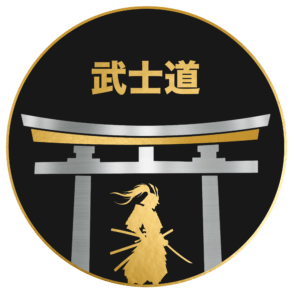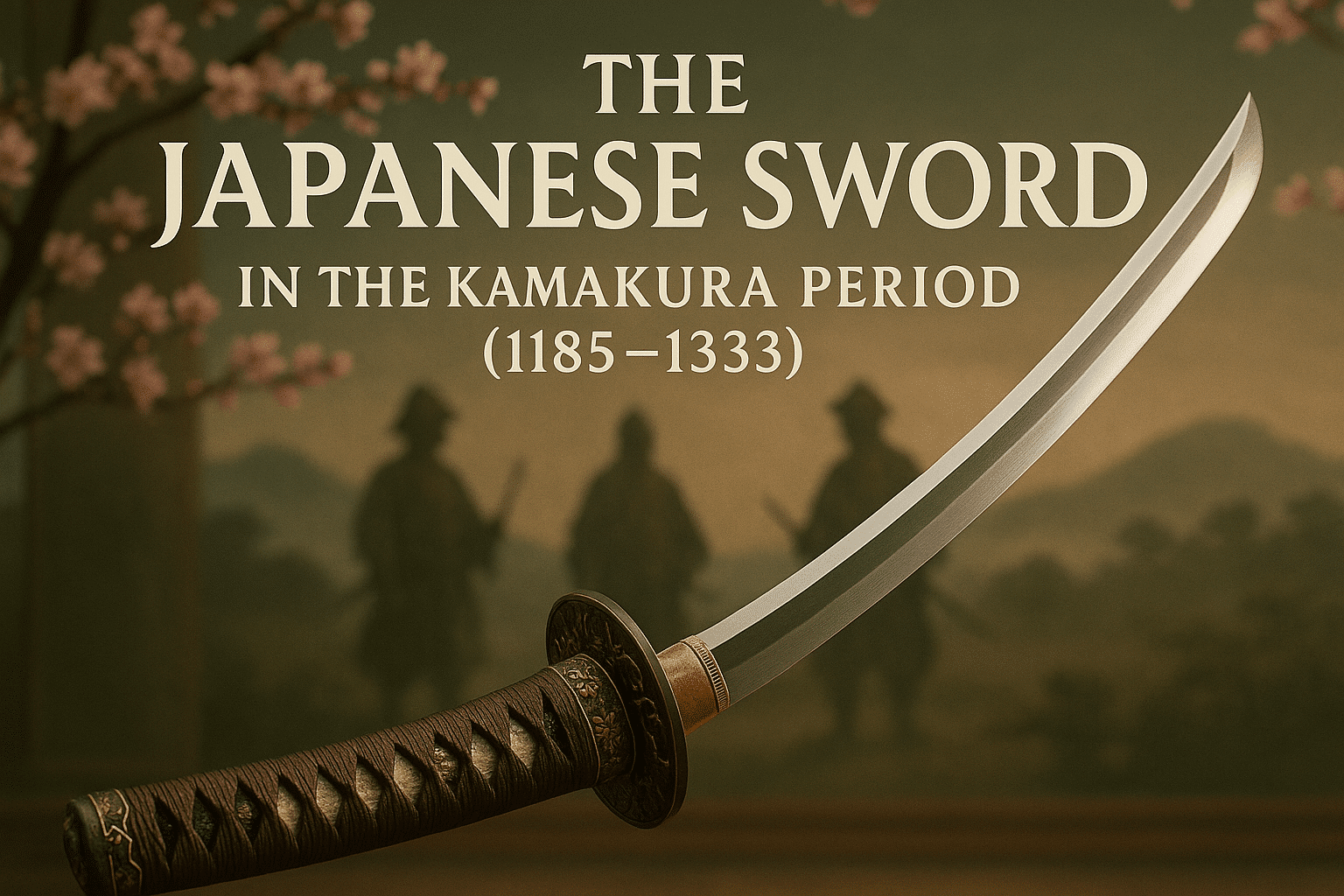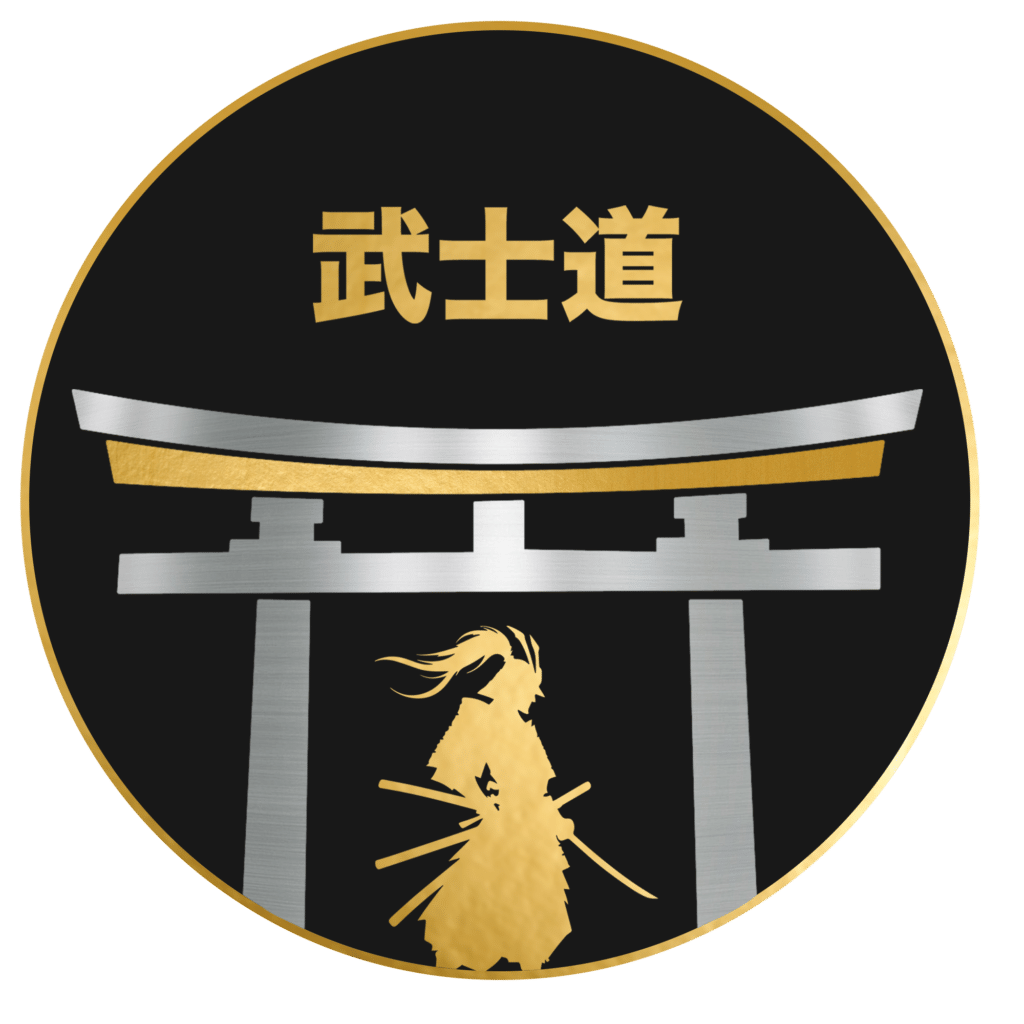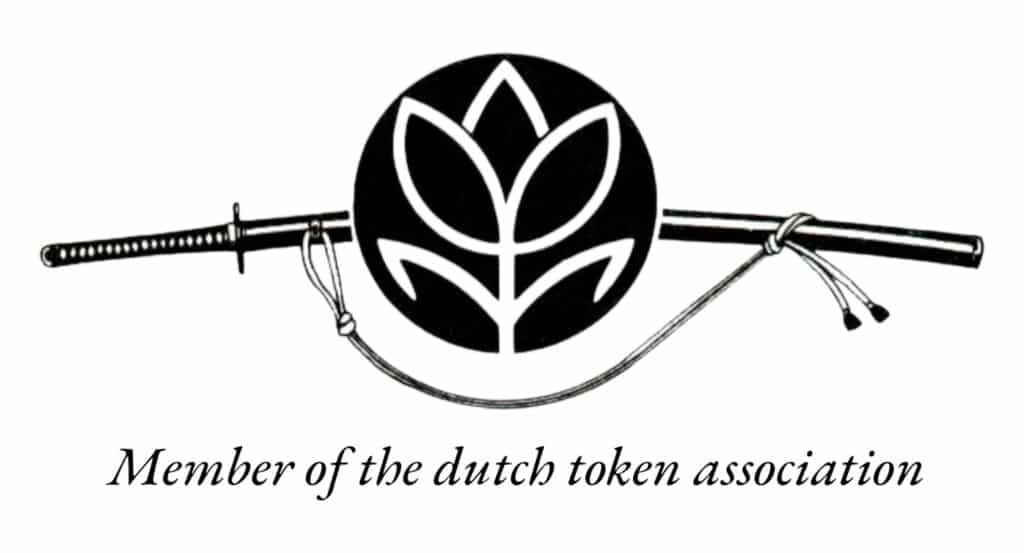Introduction: A Blade Forged in Time
In the annals of Japanese history, the Kamakura period (1185–1333) stands as a pivotal era of transformation—one that reshaped not only the political and social order but also the very soul of the Japanese sword. As the samurai class rose to dominance amidst a backdrop of civil conflict and shifting power, the demand for superior weaponry became paramount. It was during this time that the Japanese sword, or katana, began to transcend its role as a mere instrument of war to become a revered symbol of artistry, spirituality, and martial prowess.
The Kamakura period witnessed an unprecedented flourishing of swordmaking craftsmanship. Schools and lineages of master swordsmiths emerged, blending technical innovation with aesthetic refinement. Forged in fire and steeped in devotion, the blades produced during this era were not only formidable in battle but also celebrated as objects of beauty and cultural reverence. This golden age of swordmaking gave rise to masterpieces that have endured for centuries, embodying the resilience, discipline, and intricate artistry of feudal Japan.
As we explore the Japanese sword in the Kamakura period, we journey into a time when steel was more than a weapon—it was a legacy, a reflection of honor, and the enduring edge of tradition.
A Warrior’s Age: The Rise of the Samurai
As Japan transitioned into the Kamakura period, it entered an era defined by conflict and the ascendancy of the warrior class—samurai. With the establishment of the Kamakura shogunate under Minamoto no Yoritomo, political power shifted away from the imperial court to military leaders who prioritized strength, loyalty, and martial skill. This transition didn’t just redefine governance; it transformed the very tools of warfare—especially the sword.
The samurai’s rise to prominence created an unprecedented demand for weapons that reflected their new role as the enforcers of authority. The sword, already revered in Japanese culture, became a practical and symbolic extension of a warrior’s identity. No longer merely a ceremonial item, the sword evolved to meet the brutal realities of mounted warfare and close combat.
This period witnessed a golden age of Japanese swordsmithing. Advances in metallurgical techniques led to stronger, more resilient blades. Swordsmiths like Masamune and Sadamune rose to fame by mastering differential hardening, producing blades with a hard, razor-sharp edge and a flexible spine—ideal for withstanding the shock of battle. Regional schools of sword-making, such as the Bizen, Yamashiro, and Soshu traditions, flourished, each bringing unique approaches to blade forging and aesthetics.
The importance of the sword during the Kamakura era extended beyond function. It became a visual marker of samurai status, a sacred object fused with Bushidō—the warrior’s code. As their power grew, so too did the cultural and spiritual weight of the weapon they wielded.
In short, the Kamakura period didn’t just elevate the samurai; it reshaped the very soul of the Japanese sword.
From Function to Form: Evolution of the Sword
The Kamakura period marked a turning point in the evolution of the Japanese sword—both in its function and form. As the role of the samurai shifted from courtly servant to battlefield warrior, so too did their weapons. Early swords of the Heian era, primarily straight and used for slashing from horseback, began to give way to a new, more efficient design that better suited the realities of close combat and the demands of mounted warfare.
This transformation led to the emergence of the iconic curved blade, or tachi. Forged with a deeper bend and a single cutting edge, the tachi was not only more aerodynamic but offered superior cutting power and versatility in a variety of combat situations. Swordsmiths like those from the Bizen and Yamashiro schools refined forging techniques, introducing differential hardening (yaki-ire) that produced a hard yet resilient edge—hallmarked by the distinctive hamon (temper line).
But these changes weren’t purely practical. As warfare intensified, so did the symbolic weight of the sword. Blades became more ornate, with elegant curvature, detailed inscriptions, and stylistic flourishes that reflected not only the owner’s status but a growing reverence for the sword as a spiritual object. In the Kamakura period, the Japanese sword evolved from a merely functional tool of war into an expression of craftsmanship, identity, and martial ideology.
Master Smiths and Sacred Steel
In the Kamakura period, the forging of Japanese swords evolved into a revered art form, led by master smiths whose blades became legendary. Among the most celebrated were Masamune and Sadamune, whose works embodied both technical perfection and spiritual depth. Masamune, often hailed as Japan’s greatest swordsmith, was renowned for the elegant yet resilient curvature of his swords, marked by the subtle beauty of the nie and nioi crystalline patterns along the hamon (temper line). His student, Sadamune, carried the legacy forward, crafting blades that reflected his master’s precision while incorporating his own stylistic flairs.
The extraordinary quality of their swords was due not only to craftsmanship but also to the material used—tamahagane steel. Derived from iron sand (satetsu) smelted in a traditional tatara furnace, tamahagane was prized for its purity and the spiritual care involved in its creation. Swordsmiths selected and folded the steel meticulously, removing impurities and layering it dozens of times to achieve the ideal balance of hardness and flexibility. This laborious process was as spiritual as it was technical, often accompanied by ritual purification and solemn dedication. The resulting blades were more than weapons—they were embodiments of bushidō, the warrior’s code, marrying martial purpose with artistic and sacred intent.
The Sword as Spirit: Symbolism and Discipline
To the samurai of the Kamakura period, the sword was far more than a physical weapon—it embodied an inner code of conduct, a spiritual ideal forged in steel. Known as the “soul of the samurai,” the katana was revered not only for its craftsmanship but for its symbolic weight as a reflection of its wielder’s integrity, loyalty, and self-mastery.
In a society dominated by warriors and shaped by Zen Buddhism, the sword represented discipline, clarity, and presence. Zen’s emphasis on mindfulness and living in the moment found a powerful parallel in swordsmanship, where a single stroke could mean life or death. The act of drawing the sword (iaijutsu) became a meditation—fluid, precise, purposeful—demanding both mental tranquility and physical control.
Samurai were trained not just to fight, but to live and die by the ethical code of bushidō. This way of the warrior enshrined values such as righteousness (gi), courage (yū), and benevolence (jin). The sword, therefore, was not drawn lightly—it was a moral instrument, reserved for the defense of justice and the protection of honor.
In this context, the katana became a spiritual tool as much as a martial one. Passed down through generations, it carried the legacy and spirit of a family, binding past, present, and future in a blade that cut deeper than flesh—it carved character, demanded discipline, and defined a way of life.
Legacy Tempered in Fire
The Kamakura period stands as a golden age of Japanese swordmaking, not just for its immediate advancements but for the enduring legacy it forged. The innovations introduced during this time—such as refined curvature (sori), superior forging techniques, and distinctive temper patterns (hamon)—set the standard for generations of swordsmiths. Masters like Masamune and his contemporaries didn’t merely craft weapons; they sculpted traditions that would shape the aesthetic and functional ideals of nihonto for centuries.
This legacy was not limited to technique. The philosophical and spiritual approaches to swordmaking, emphasizing harmony, balance, and the sword as a reflection of its smith’s soul, became deeply embedded in the Japanese cultural ethos. Later periods, such as the Muromachi and Edo, saw swordsmiths consciously emulating Kamakura styles, often studying and replicating blades from this era as benchmarks of perfection.
Even modern artisans and collectors revere Kamakura swords, with surviving examples housed in national museums and passed down as treasured heirlooms. These swords are celebrated not just for their craftsmanship but for the enduring identity they lend to the Japanese sword tradition—a testament that great artistry, once tempered through fire, can blaze across time.
Conclusion: Edge of the Eternal
The swords of the Kamakura period stand at the intersection of deadly precision and transcendent artistry. Forged in an age of warriors and poets, these blades were not merely tools of war—they were extensions of the samurai soul, shaped by spiritual belief, technical mastery, and aesthetic discipline. Each curve, temper line, and intricate carving bears witness to a culture that revered balance between destruction and creation.
To hold a Kamakura sword is to touch the past—an era where battle-forged steel echoed with spiritual reverence, and where artistry was as vital as combat effectiveness. These swords endure not only as historical artifacts but as living representations of Japan’s cultural ethos. At the edge of the eternal, they remind us that beauty and power can coexist, each sharpening the other into timeless legacy.





